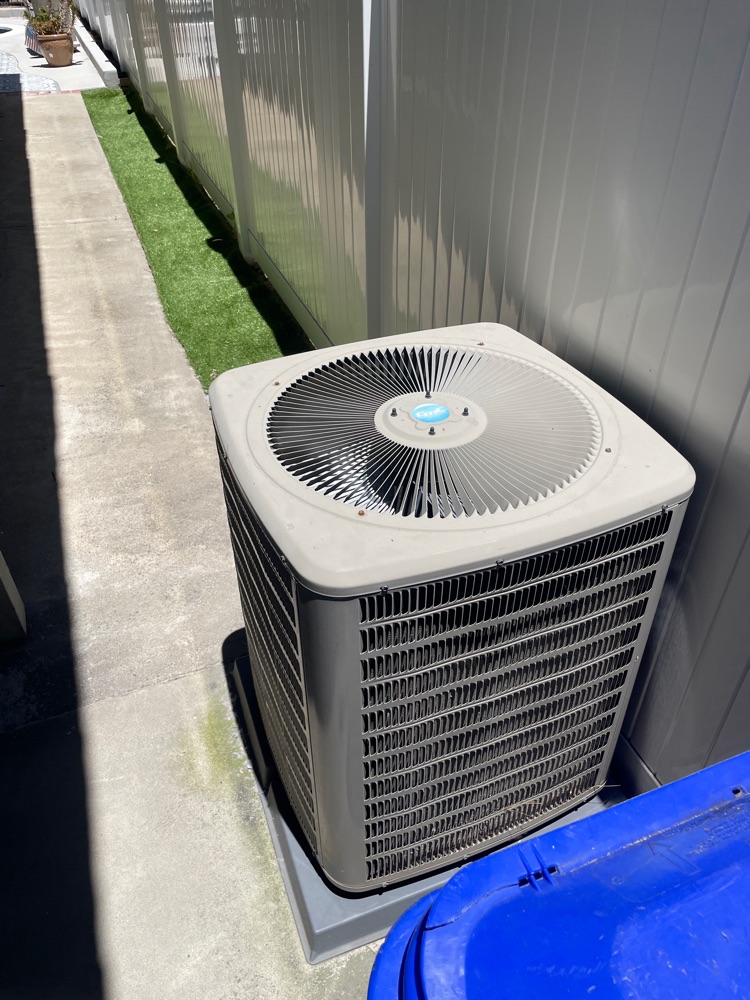There is nothing worse than using a stinky appliance. And the washer is considered to be the worst one in the list. The issue with bad smells also refers to incorrect maintenance. It sometimes doesn’t require any professional assistance so that the owners may eliminate the trouble easily. The cause of the smell is from humidity and moisture being trapped inside the machine. It does not matter whether you use the machine on a regular basis, or if it sits unused for a short period of time: eventually a smell becomes apparent. While there are commercial cleaning products on the market you use with the clean cycle on your washers, these are not always the most effective in completely getting rid of the smell. There are other more cost-effective things you can do that work much better. The two primary areas causing the smell are the rubber gasket around the door and the washer drum. Wipe down the rubber door gasket and drum after each laundry cycle so they are completely dry. Mix about 1 quart of warm water and ¼ cup white vinegar into a bucket. Wet a cleaning rag but do not wring it out. Wipe down the inside of the drum, and then dry the drum. Pour about ½ cup of white vinegar into the soap dispenser and run the clean cycle on the washer. Vinegar naturally kills any bacteria growing inside your washer and gets rid of unwanted odors. For stubborn smells, add ½ cup of baking soda to the drum before starting the cycle. Leave the washer door open for about two hours after the last cycle. This allows any humidity to escape from the machine. Still, when the smell doesn’t disappear after implementation of the steps below, it’s a high time to call a Pro. All washers require regular maintenance to maintain optimum performance. Take care of your appliance and it will serve you for a long time.

November 26, 2023
AC is leaking from the coil – HVAC Troubleshooting in San Diego
Have you encountered a leaking air conditioner? This causes not the most pleasant feelings and deprives you of comfort. Before solving this problem, you should determine what exactly became the source of the air conditioner flow.


















